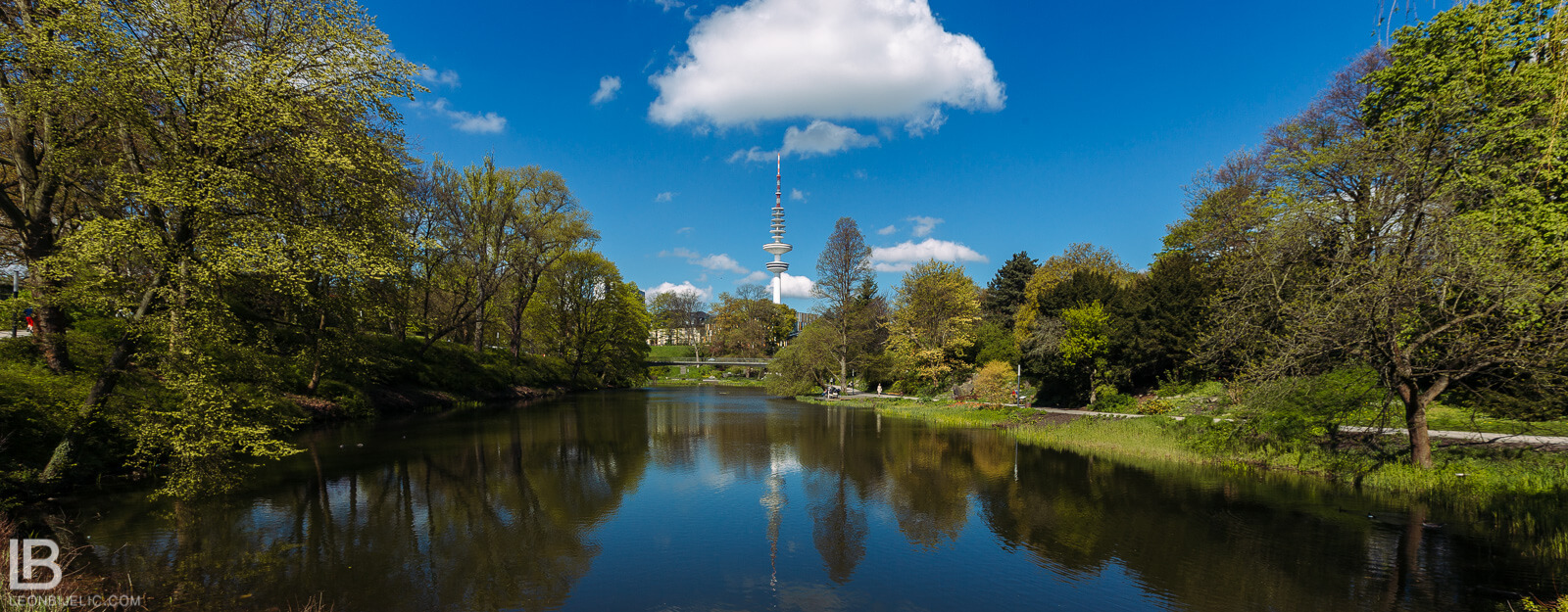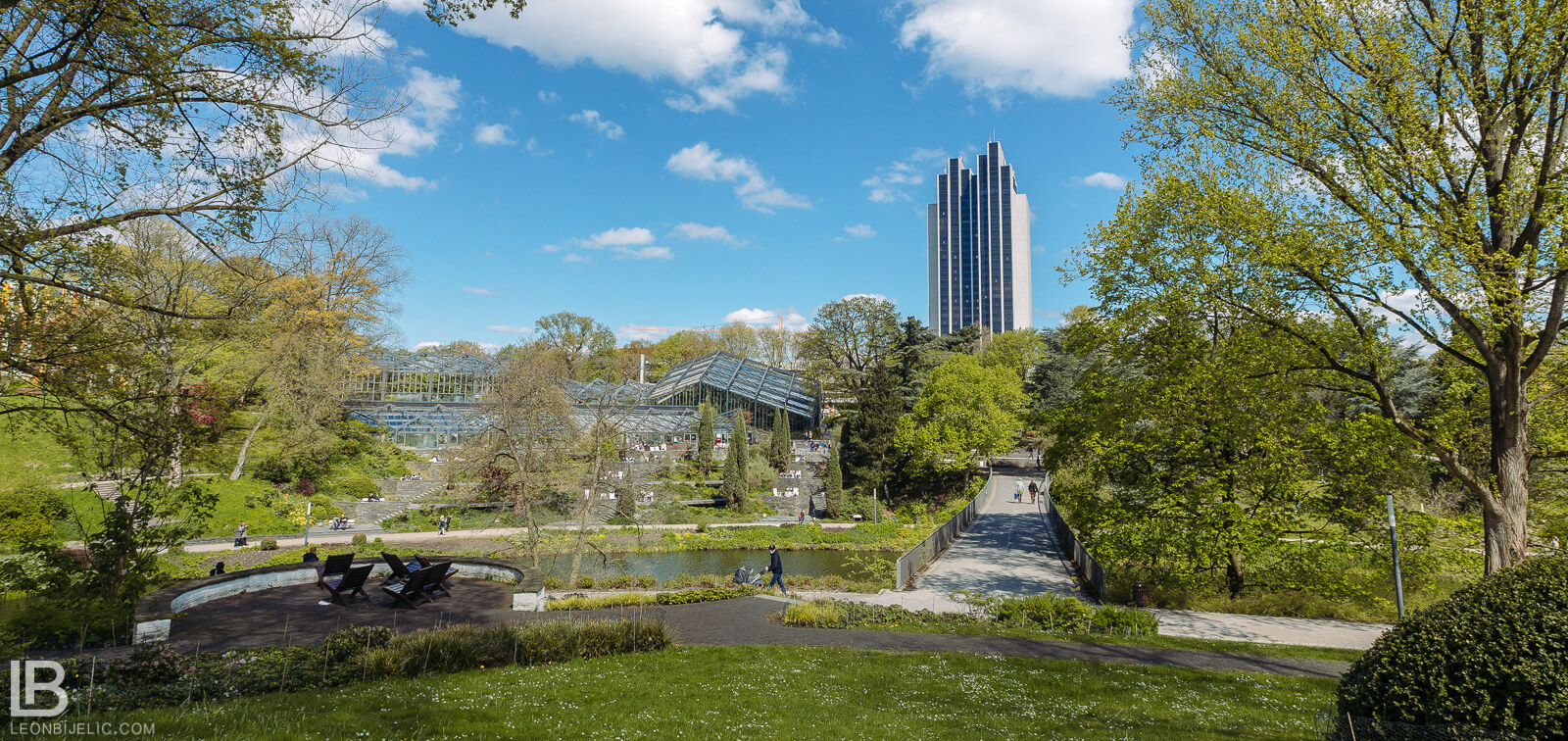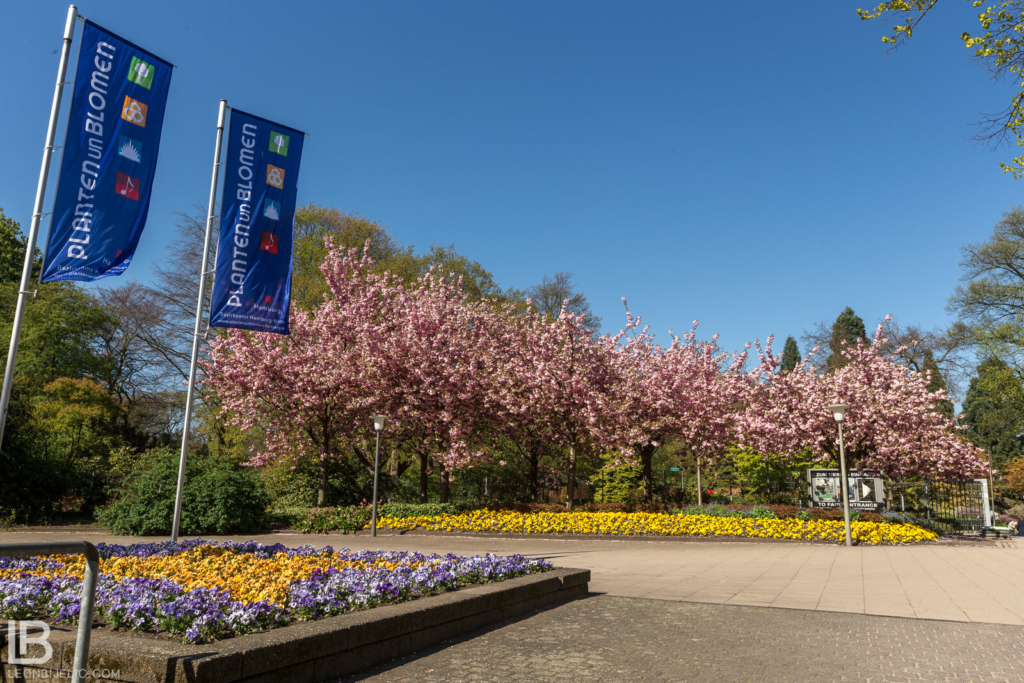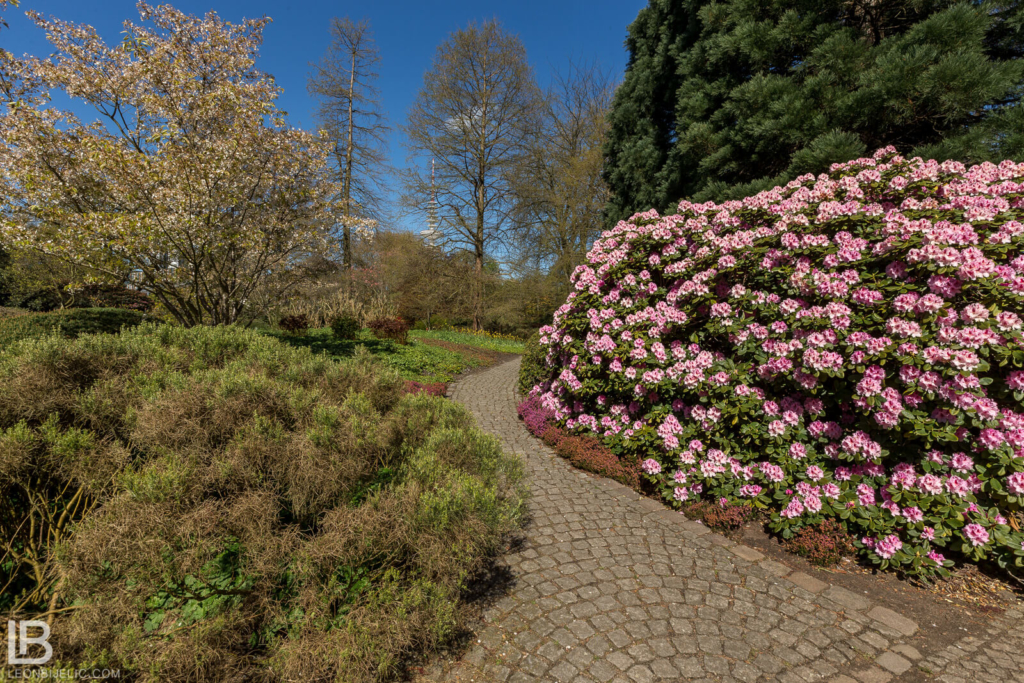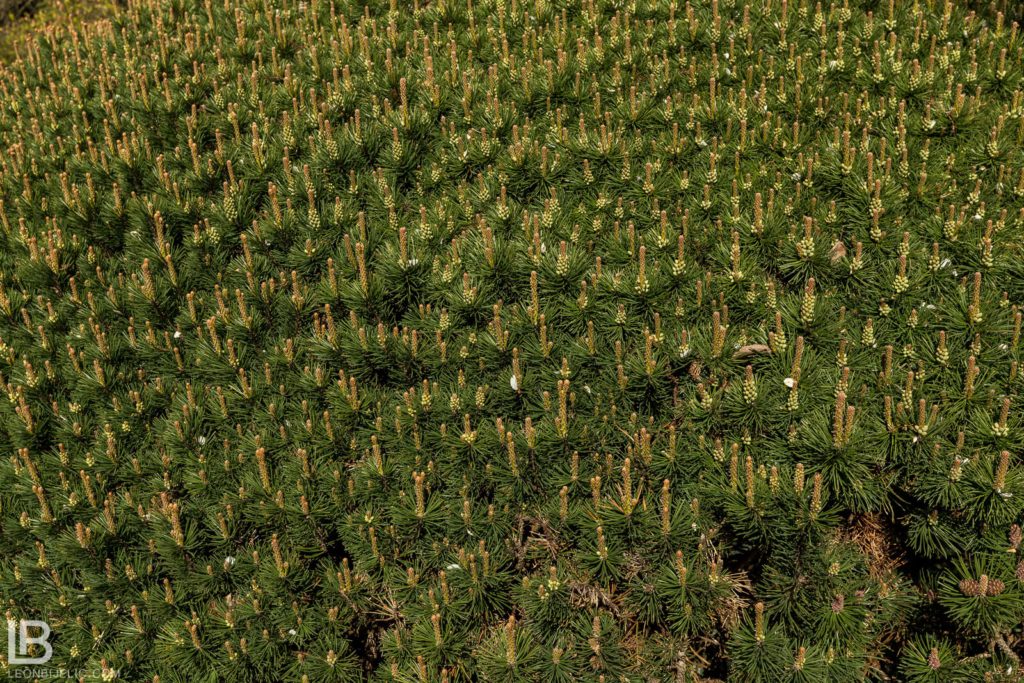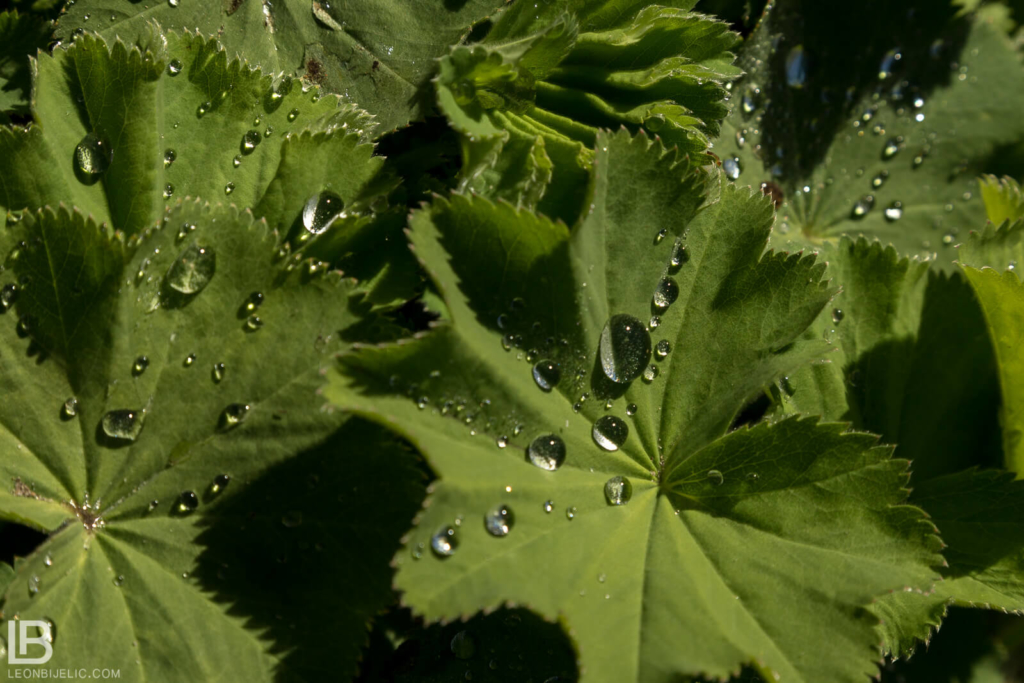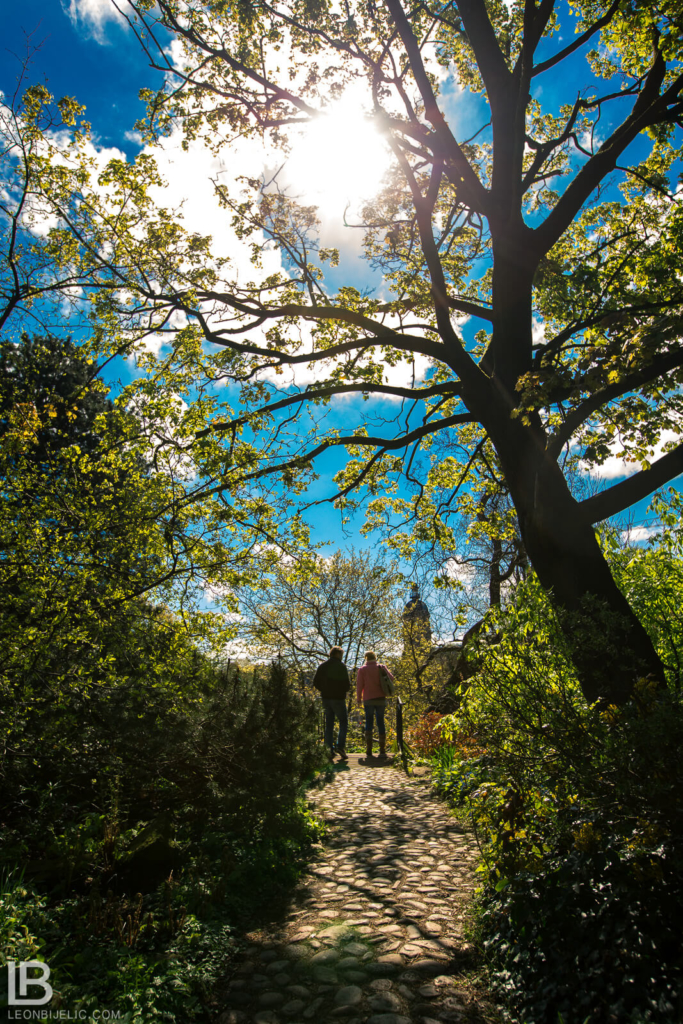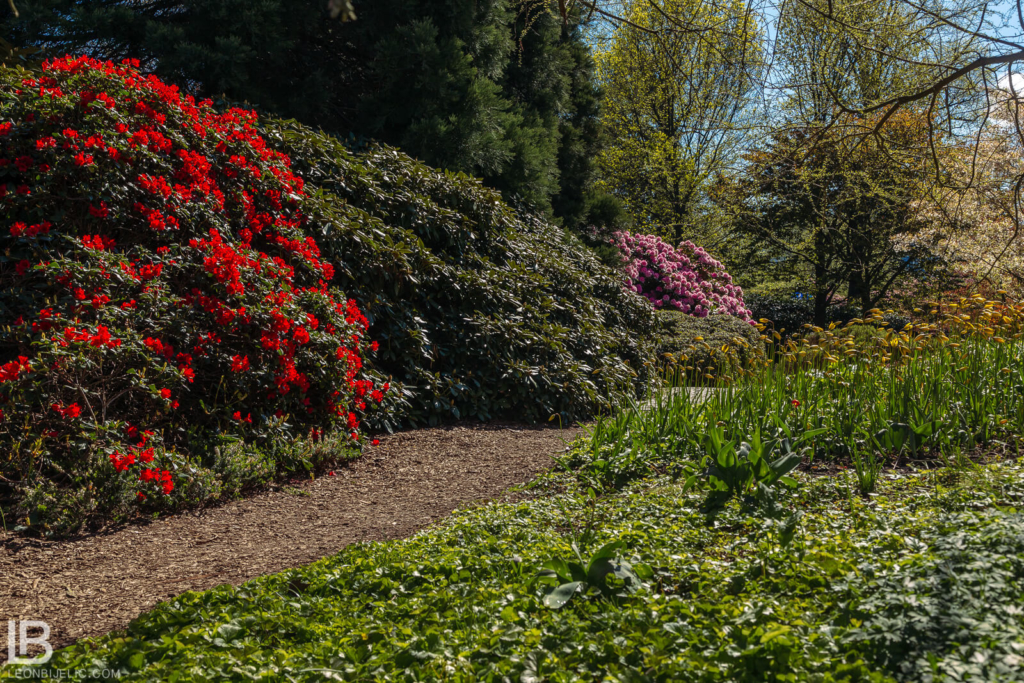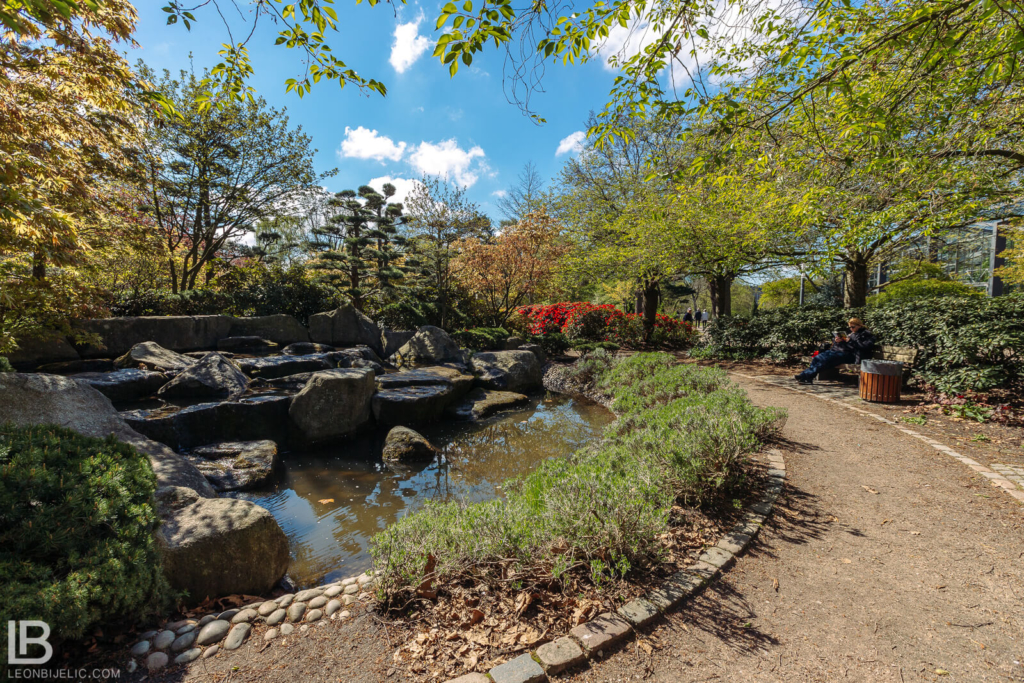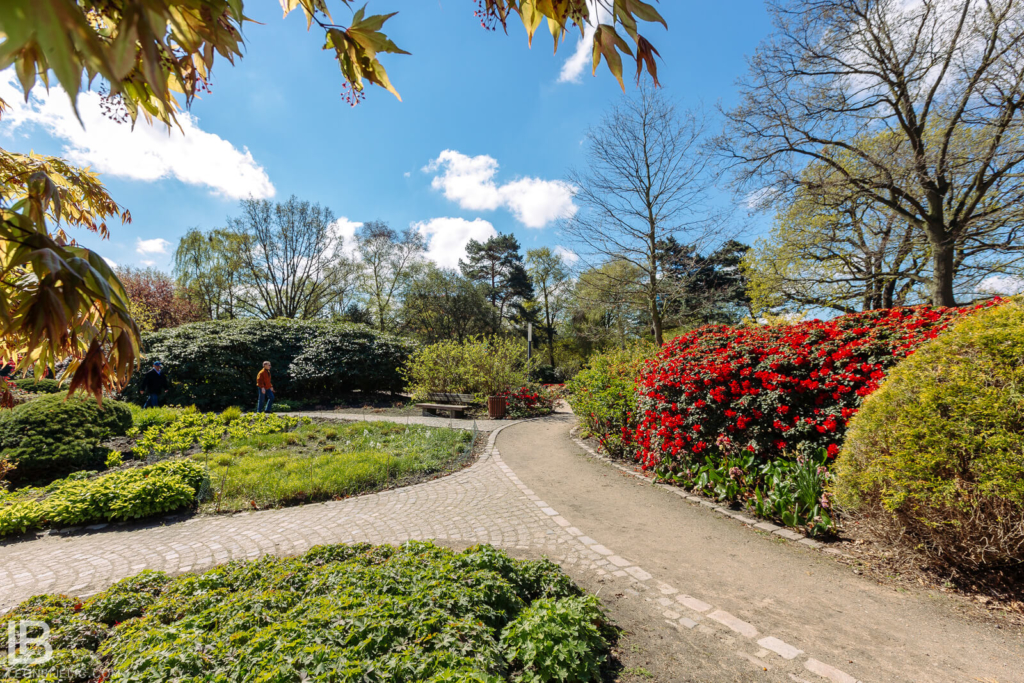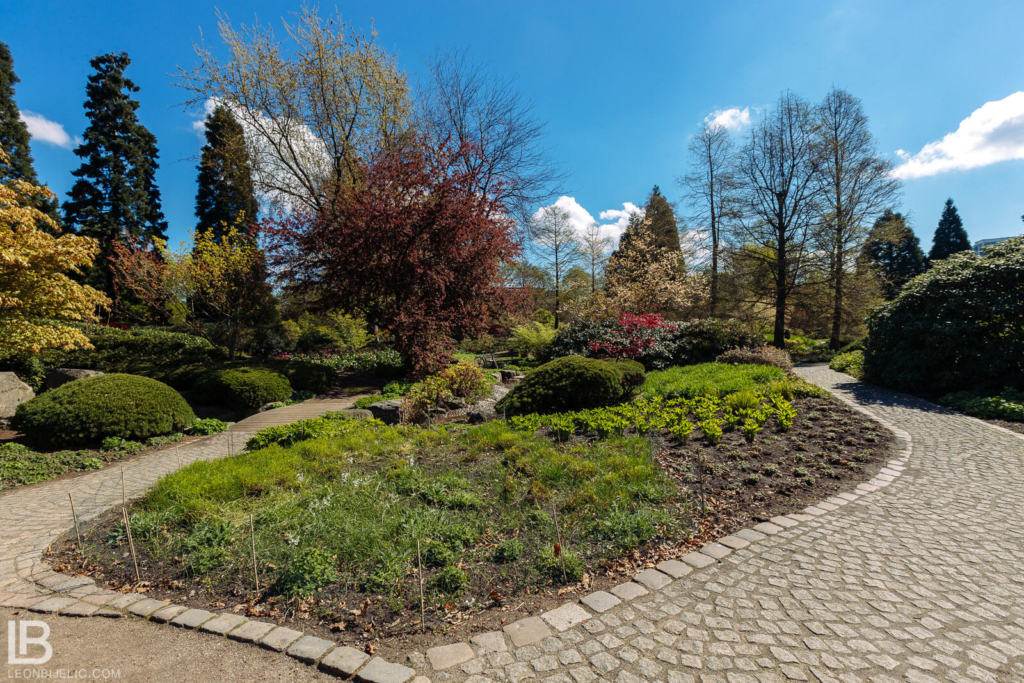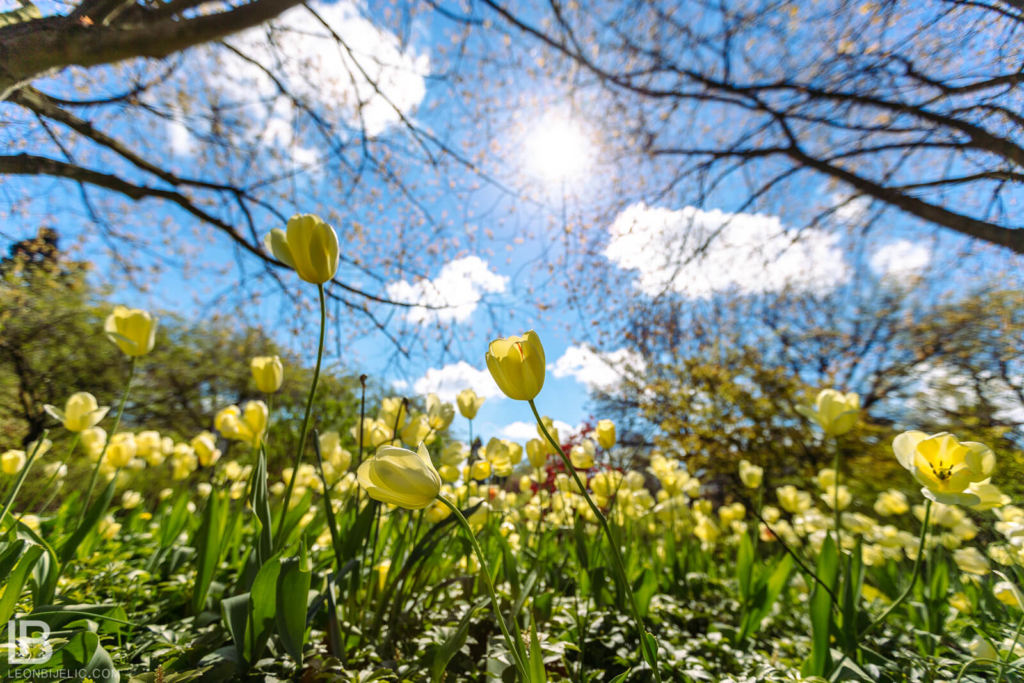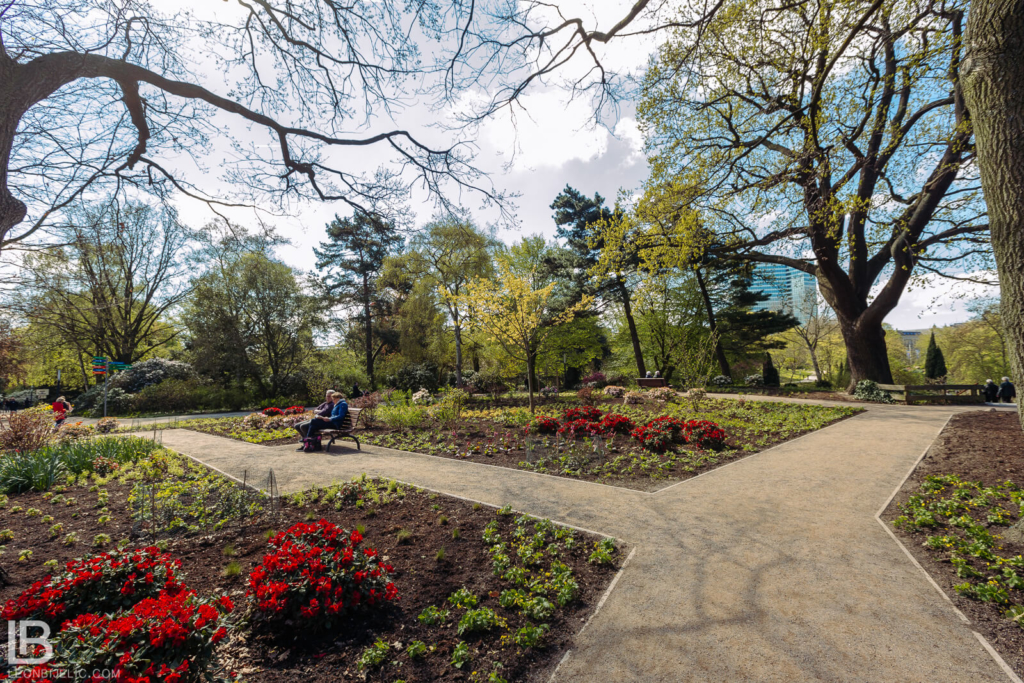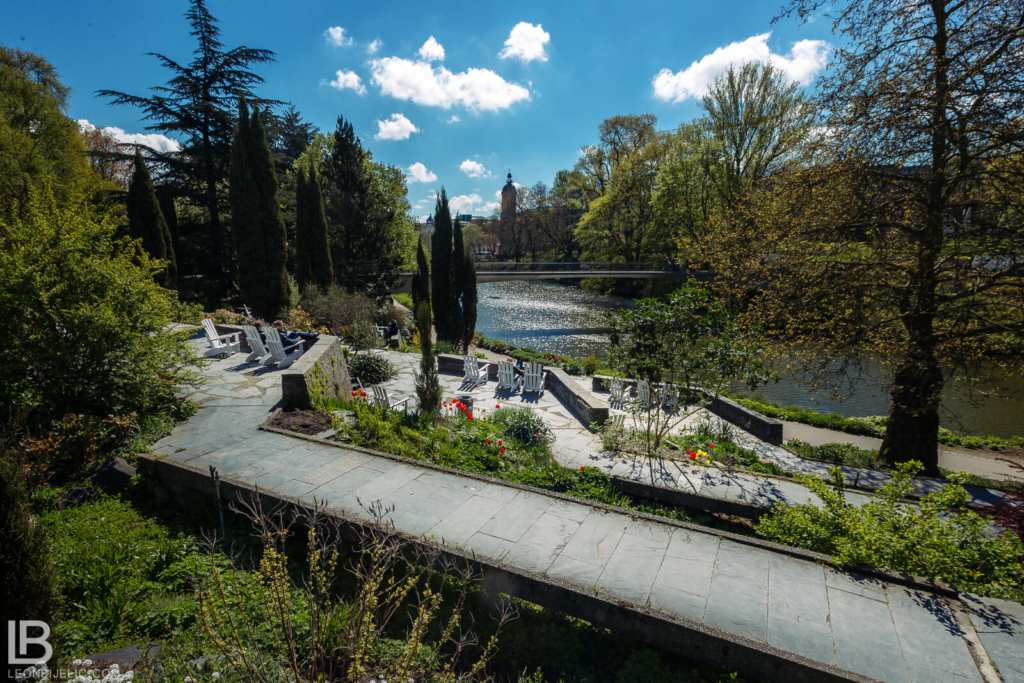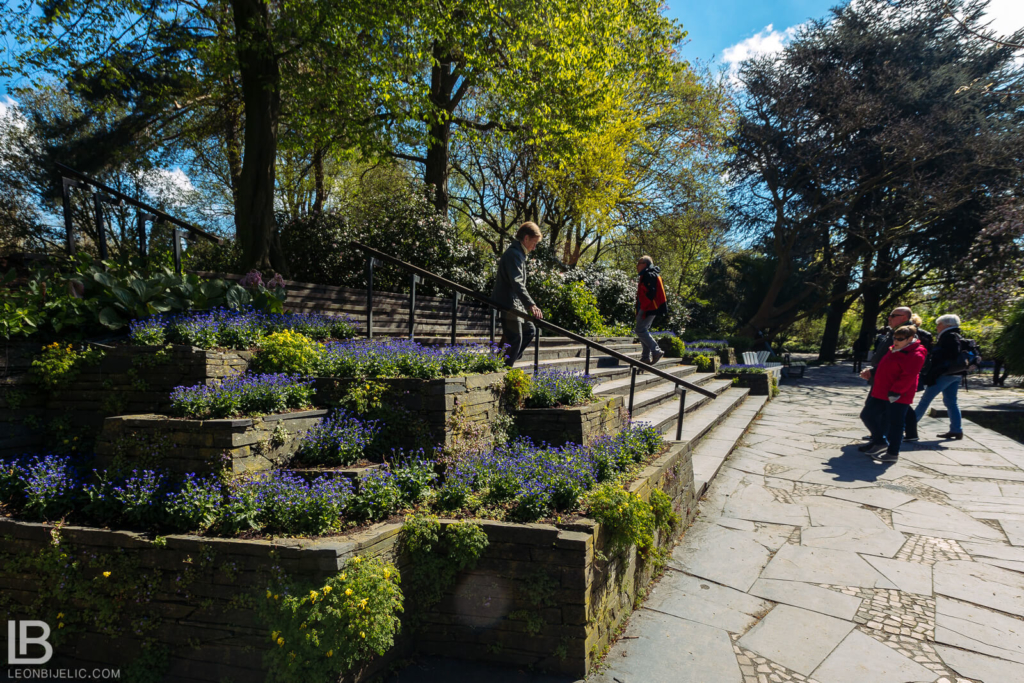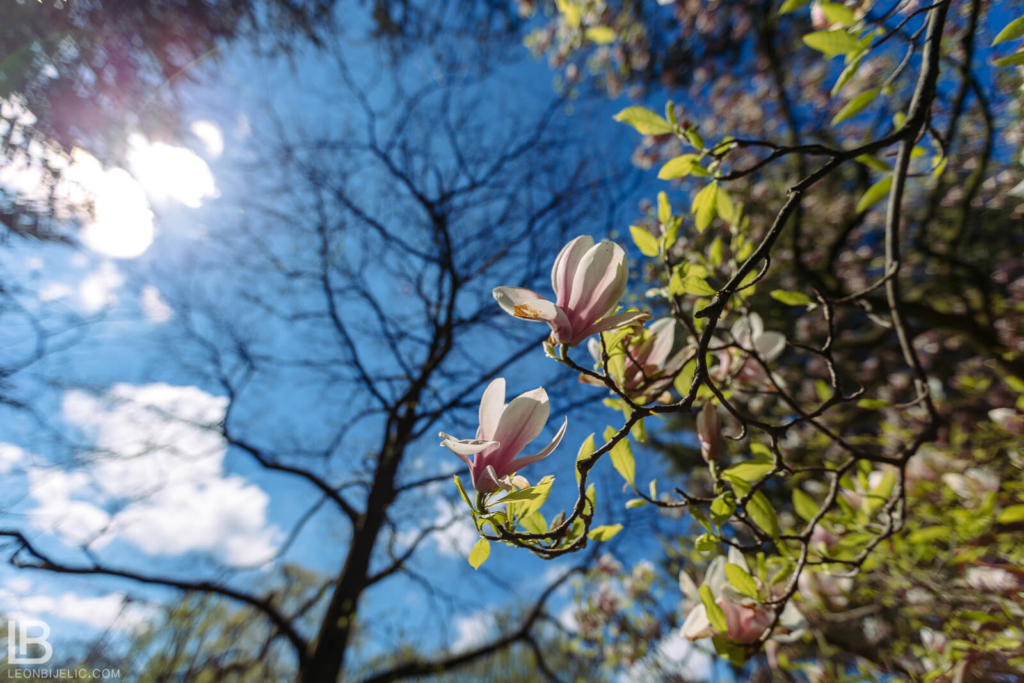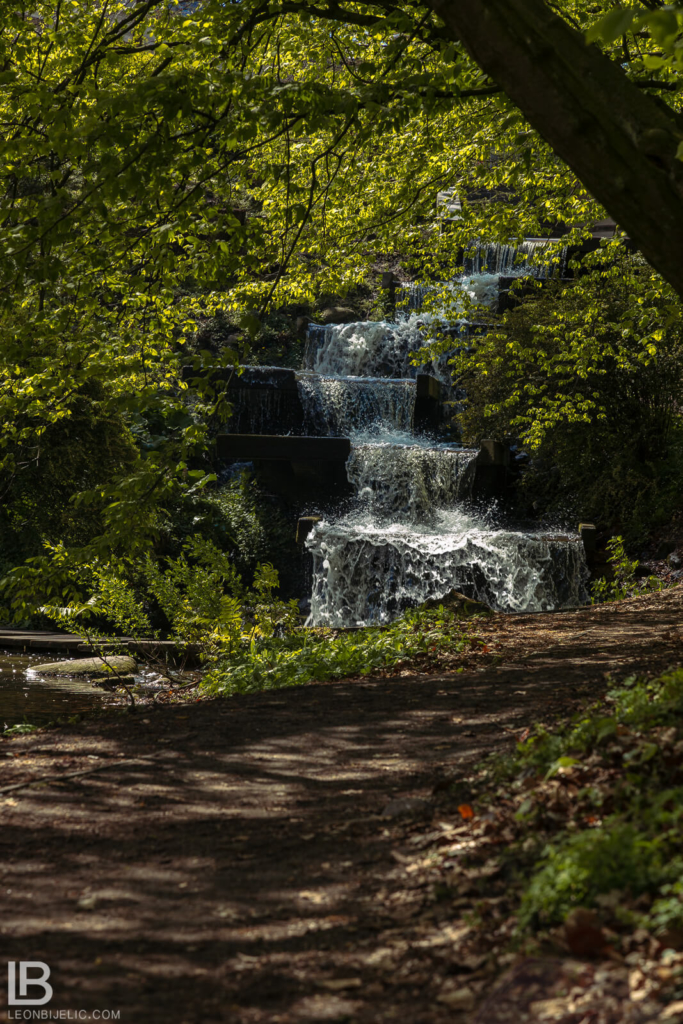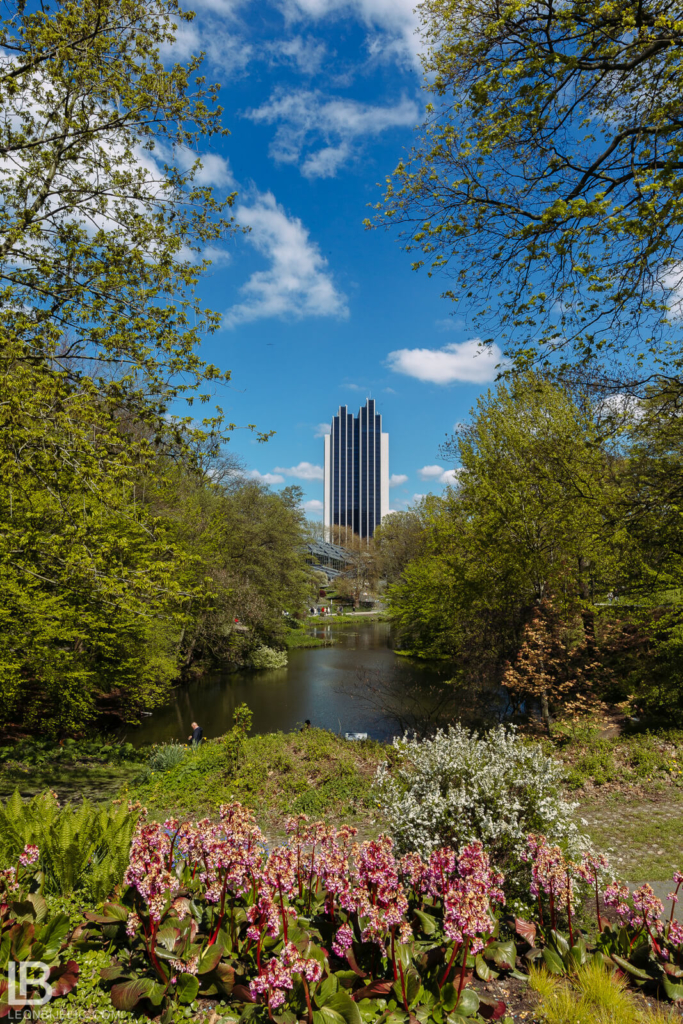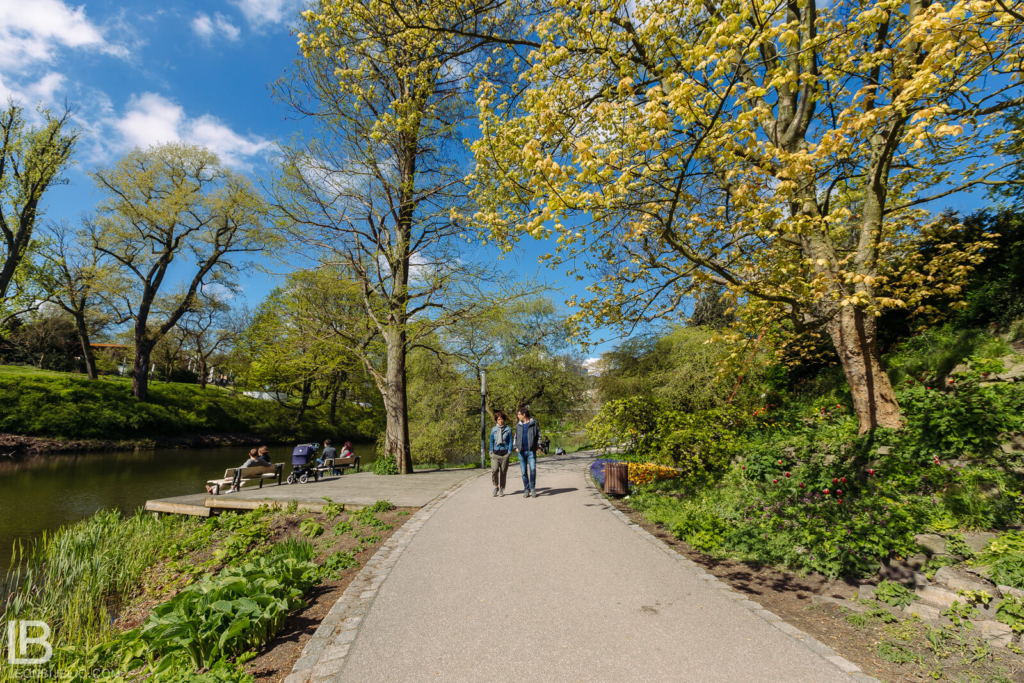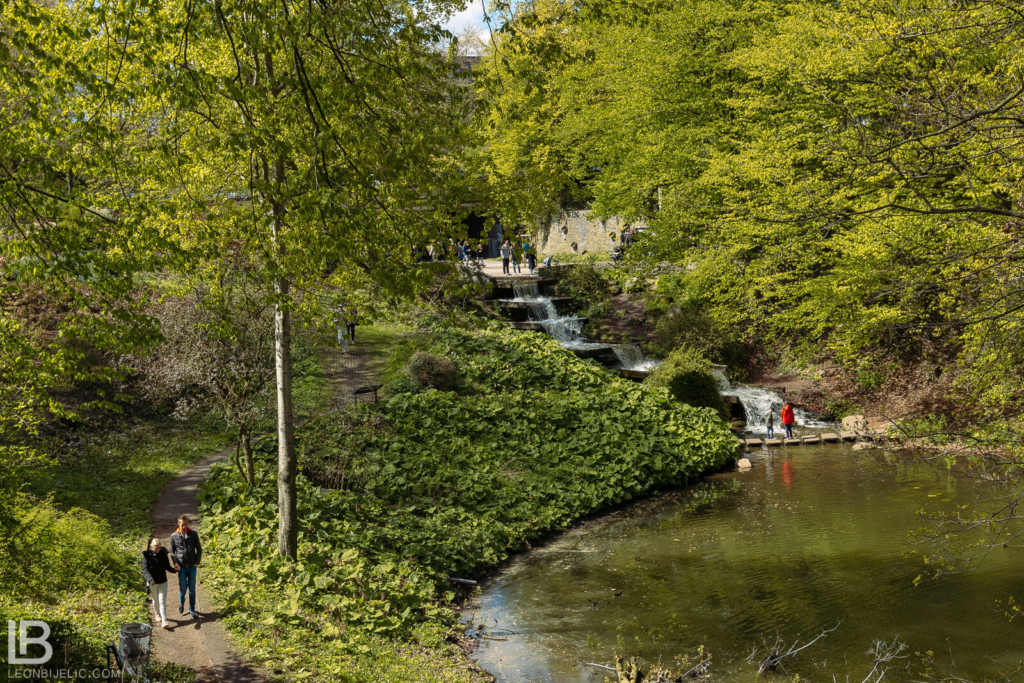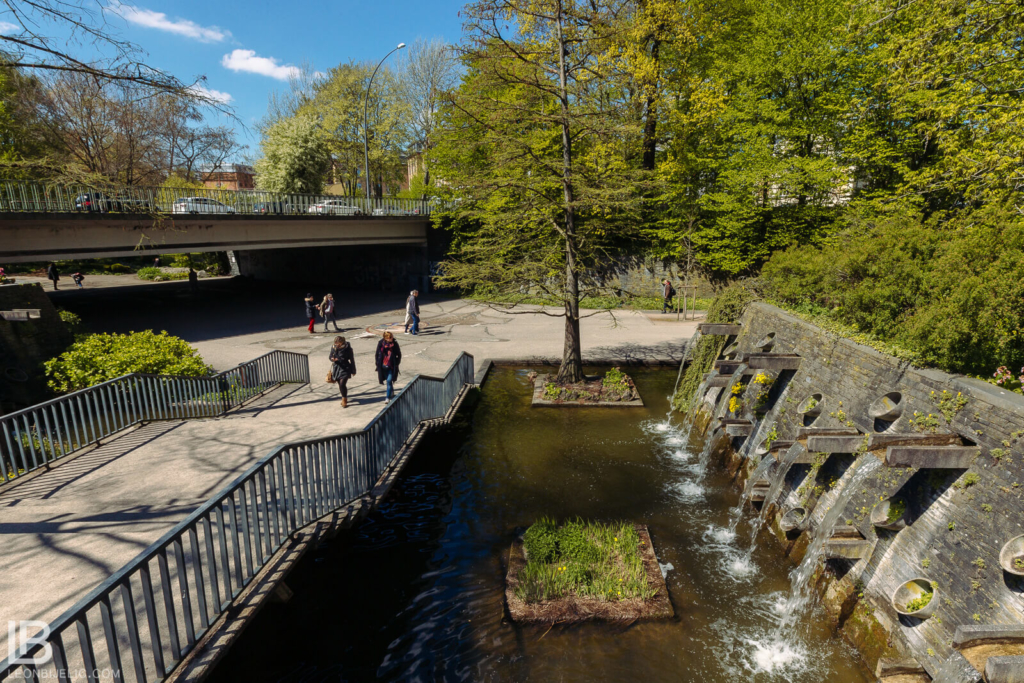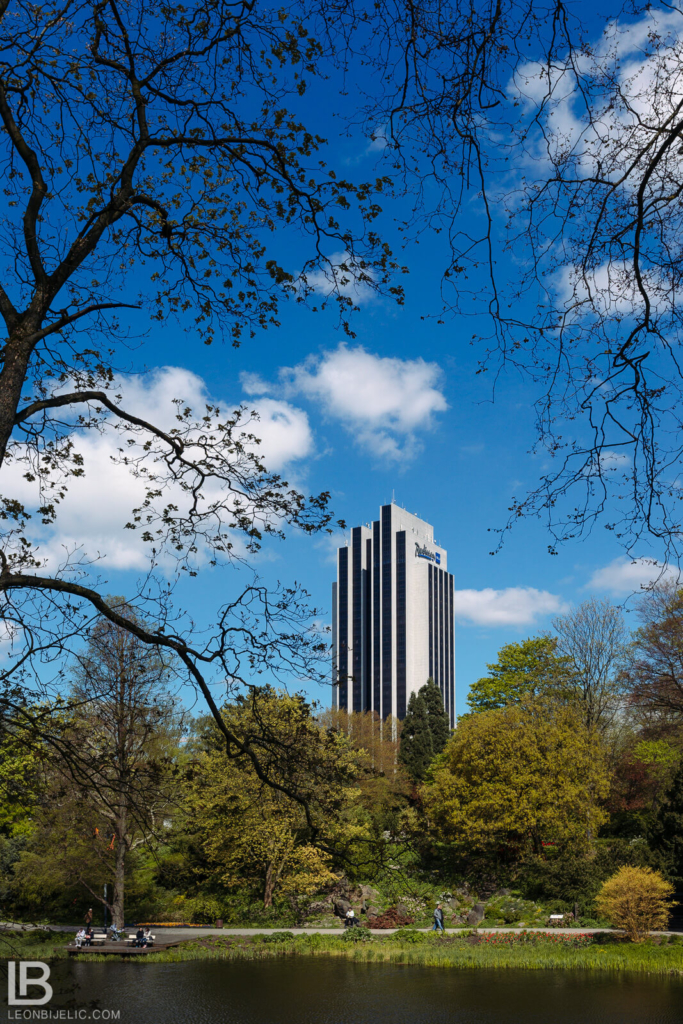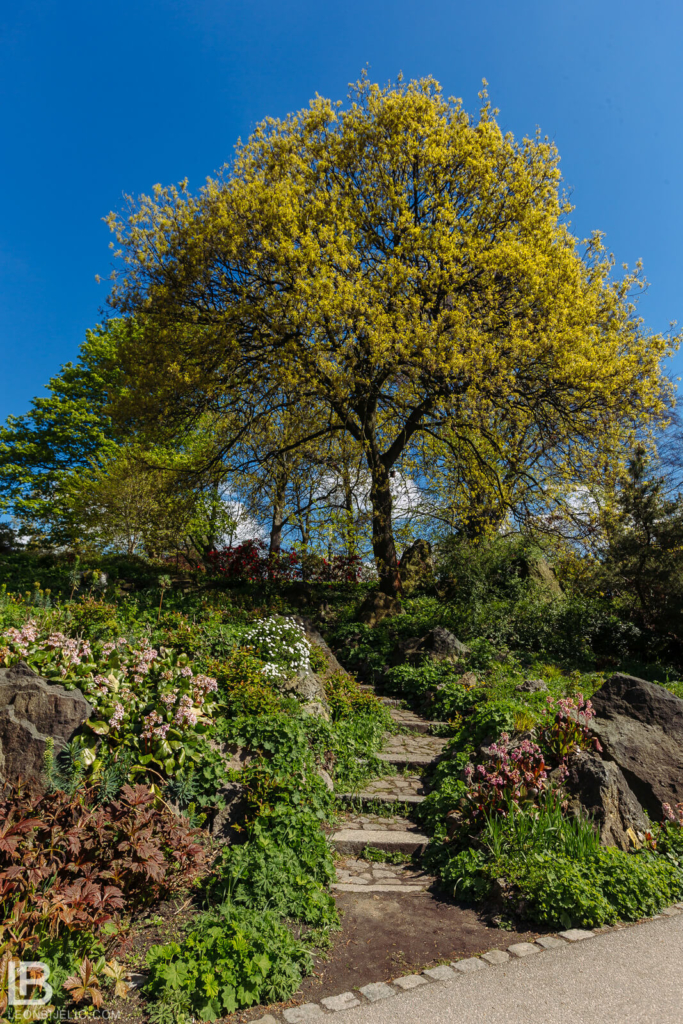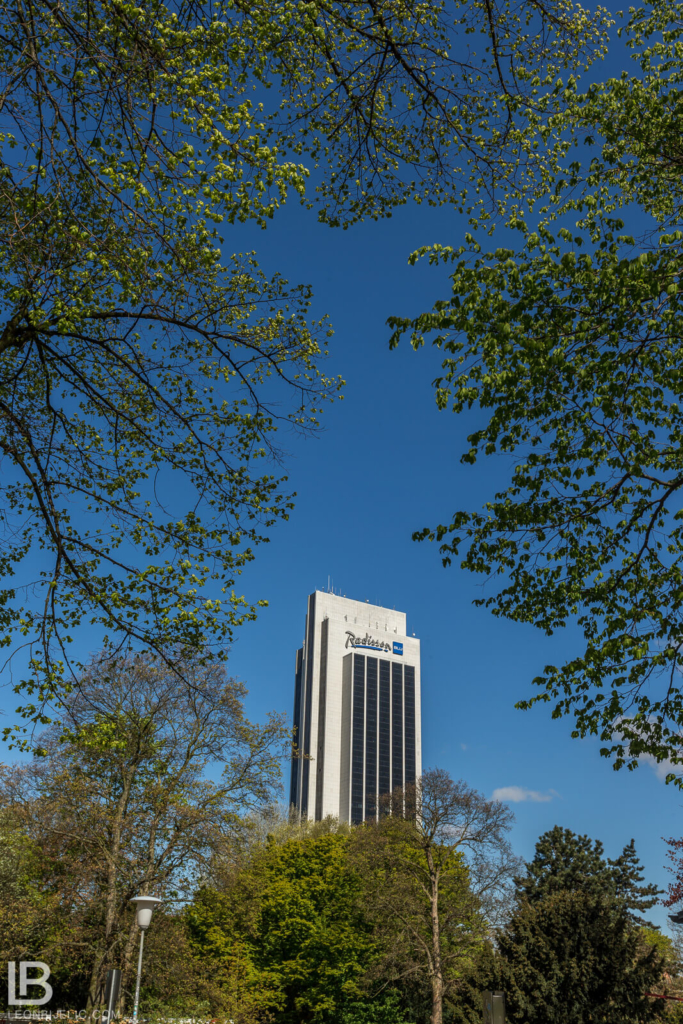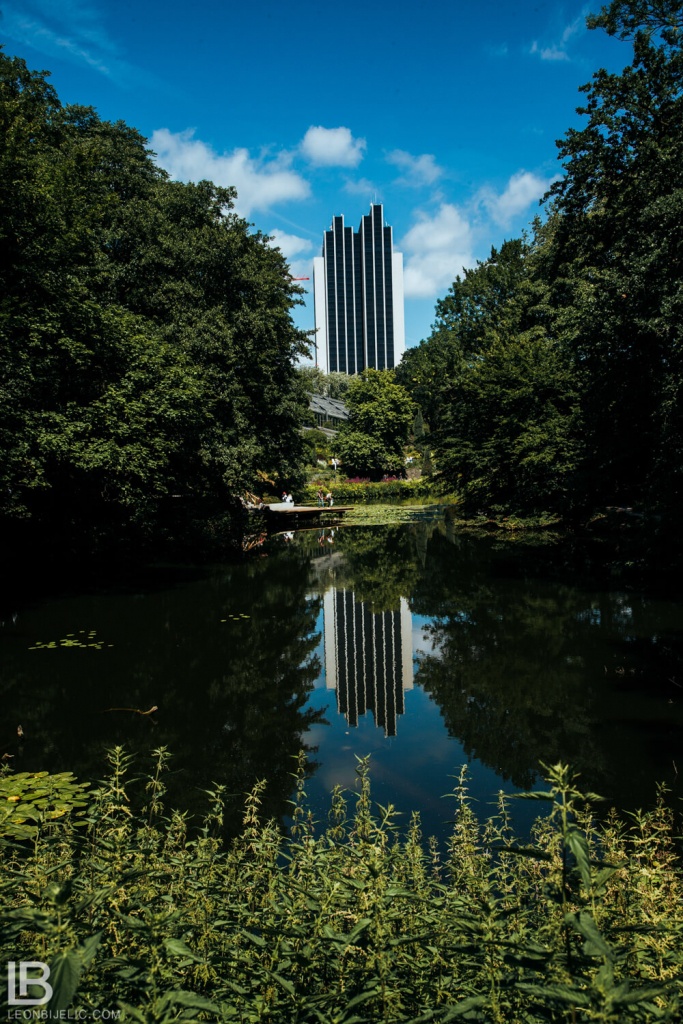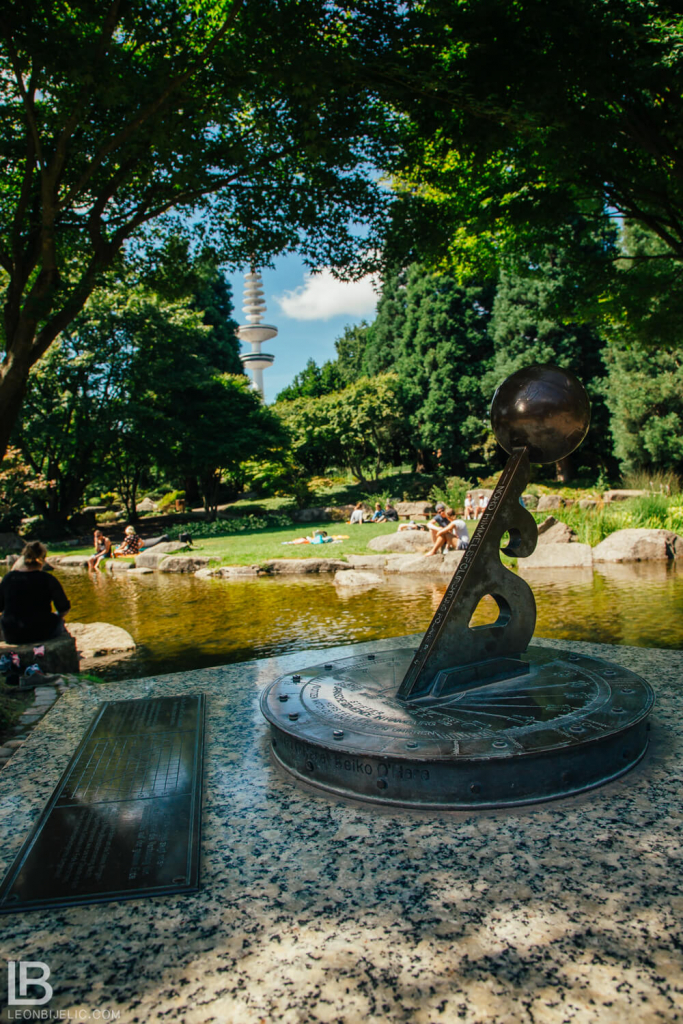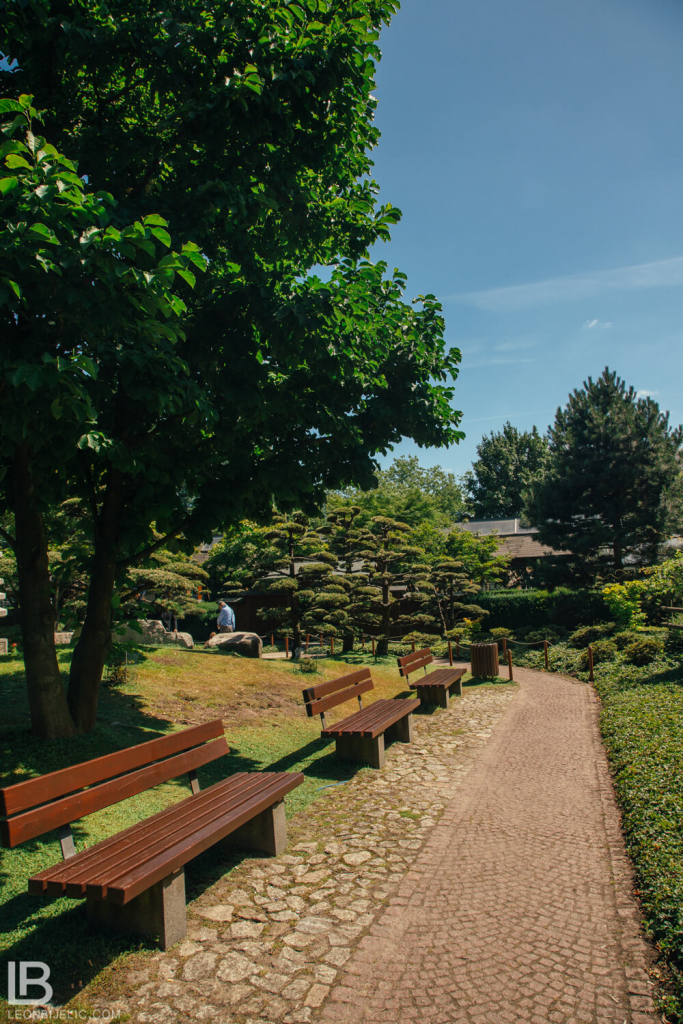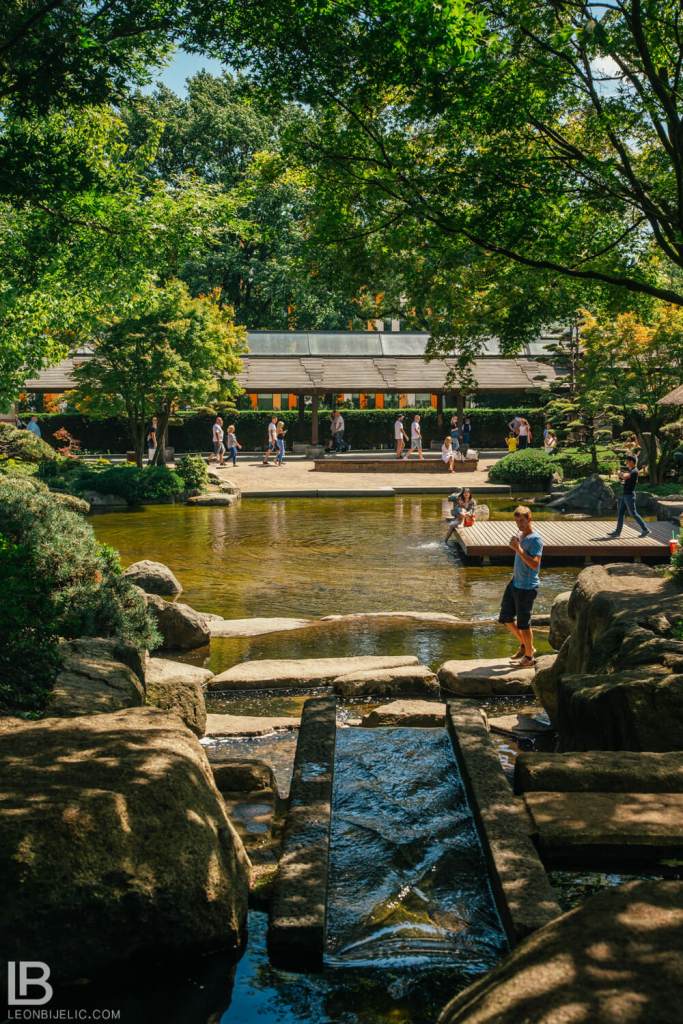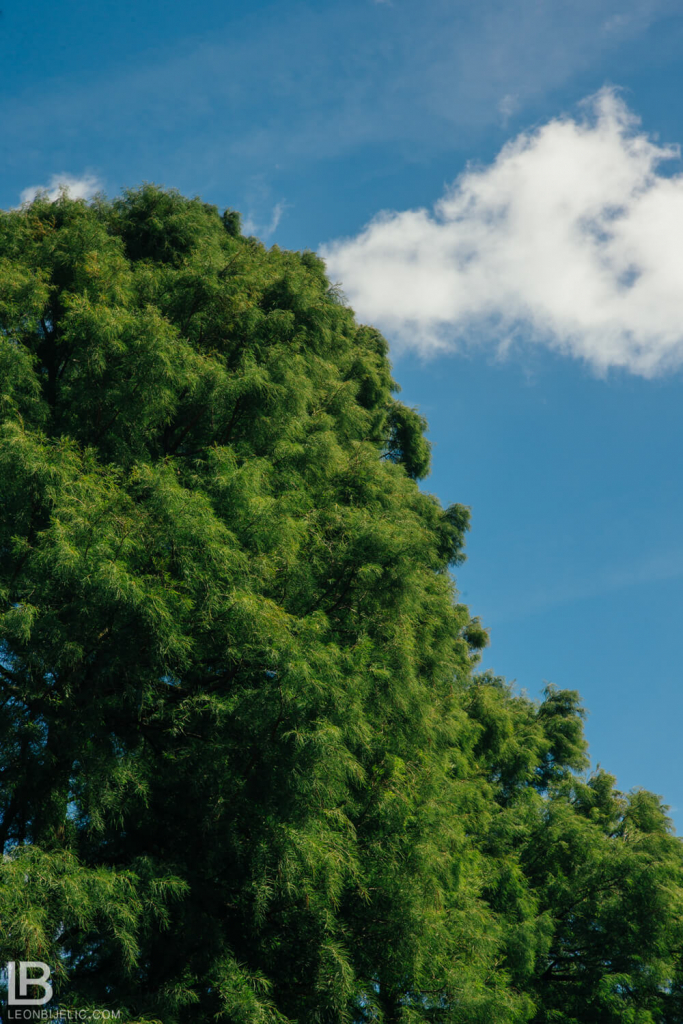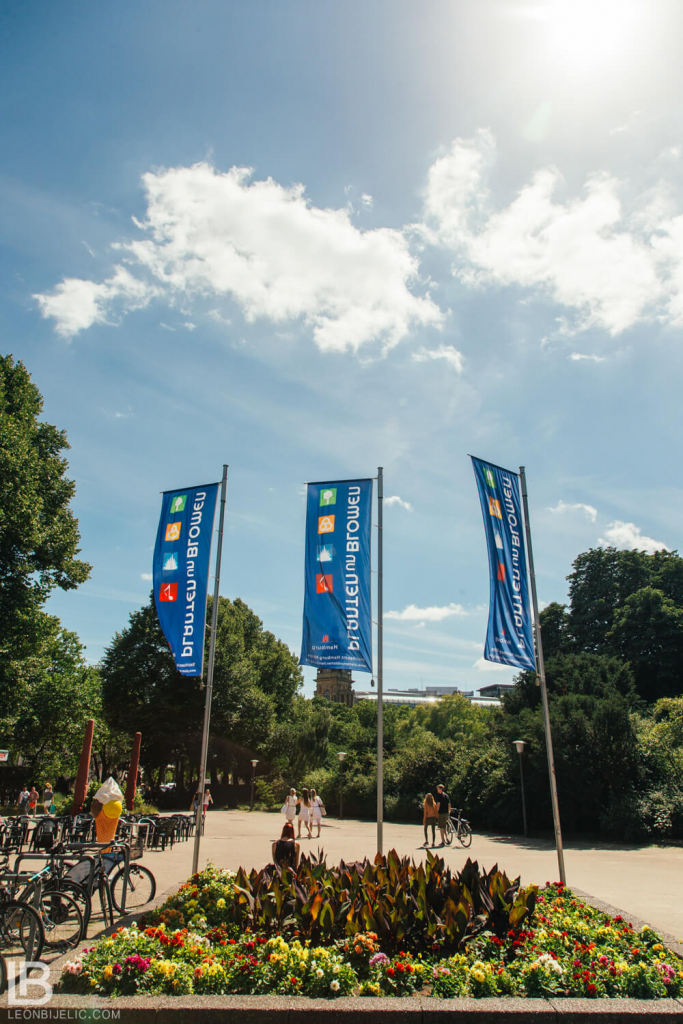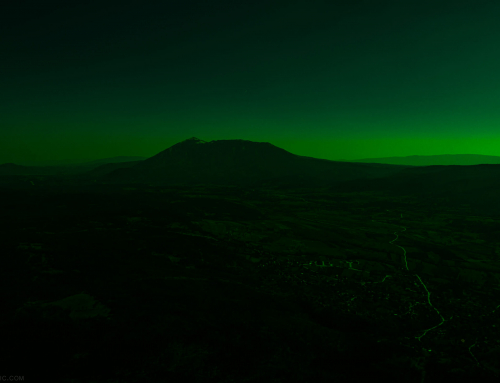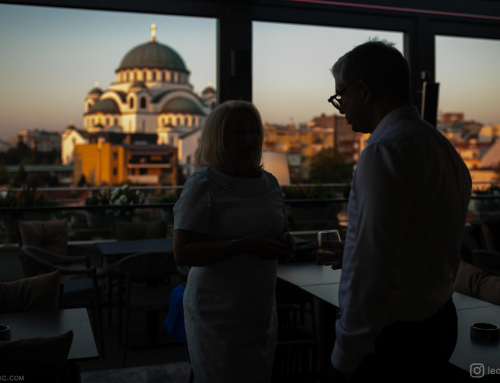PLANTEN UN BLOMEN PARK – HAMBURG – RADISSON BLU
Planten un Blomen park in Hamburg next to the Radisson Blu Hotel & Resort – is located in the heart of the city, surrounded by shopping malls, Congress Center, exhibition grounds and St. Pauli.
The 45-hectare park is just as famous for its name: splendid plant beds and flower beds delight the eye and invite you to linger. Wide lawns, idyllic brooks and small lakes, as well as uniquely designed theme parks promise peace and relaxation. The diversity and the central location make the park attractive both to locals and guests of the Hansestadt.
G A L L E R Y
Photographer: @Leon Bijelic
_
Sponsored by:

_
If you think this post can help or make someone happy please share it. On that way you are really supporting me and I will try to bring more amazing images from a journey of my life.
Hamburg’s green heart beats between Congress Center Hamburg (CCH) and Millerntor: Planten un Blomen. The traditional park is home to various theme gardens, including the Old Botanical Garden Hamburg and one of the largest Japanese landscaped gardens in Europe. Planten un Blomen offers much more than the eponymous “plants and flowers”
Hamburg’s “green lung”
Planten un Blomen is located in the heart of the city, surrounded by shopping malls, congress center, fairgrounds and St. Pauli. The 45-hectare park lives up to its name: splendid plant borders and flower beds delight the eye and invite you to linger. Wide lawns, idyllic streams and small lakes as well as unique theme gardens promise peace and relaxation. The accessible from all sides park but also invites to entertainment and recreational activities. Particularly popular are the summer concerts in the bandstand and the colorful water-light concerts on the Parksee, which take place every evening from May to September. The diversity and central location make the park equally attractive to locals and guests of the Hanseatic city.
History and Development
Where recovery and leisure time are the focus today, Hamburg’s independence was once defended. Here were the ramparts, which were created between 1616 and 1625 by Johan van Valckenburgh as a fastening ring around the then city center. When the ramparts became militarily meaningless in Europe at the end of the 18th century, the Bremen art gardener Isaak Hermann Altmann was commissioned to remodel the complex in the English style. From then on the ramparts served as a rest for the citizens and enjoyed great popularity.


